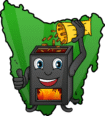You shouldn’t be cleaning your pellet heater with a normal vacuum cleaner. So what’s the best pellet heater ash vacuum then? The best and easiest way clean your heater is with a vacuum cleaner that is designed to handle ash. Visit any hardware store and you’ll see a wide range of ash vacuums ranging from cheap to outrageously expensive. The best ash vacuum for you depends on how much you want to spend and if you want or don’t want to do a little DIY handy work. Regardless of what brand or type of ash vacuum you use, keeping your pellet heater clean ensures it heating as efficiently as possible.
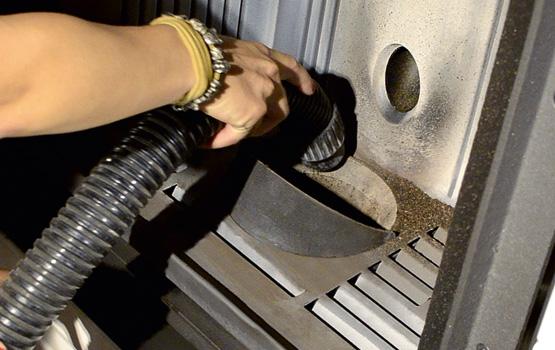
Can’t I use a Normal Vacuum Cleaner?
You really SHOULDN’T use a normal vacuum cleaner to clean and remove ash from your pellet heater. Yes, it will work but standard vacuum cleaners are not designed to handle large amounts of ash and fine particles. The filter in your vacuum cleaner will very quickly become blocked with ash. This will cause the amount of suction power it has to drop quickly. Also, filters in most vacuum cleaners are not great at filtering out ash and other fine particles. You’ll fill your house with fine dust particles as the filter won’t be able to stop them being blown out of the vacuum cleaner.
You won’t be able to see these dust and ash particles but they will be there and can be very bad for your health, especially for someone with a sensitive nose or respiratory problems. If you had to use a normal vacuum cleaner, then I’d take the pellet heater outside and clean it outside. Obviously this is a lot of work and something you don’t want to do every week. So, in short, please DO NOT use a normal vacuum cleaner to clean your pellet heater. Spend a little money and buy an ash vacuum cleaner.
Budget Ash Vacuum Cleaner
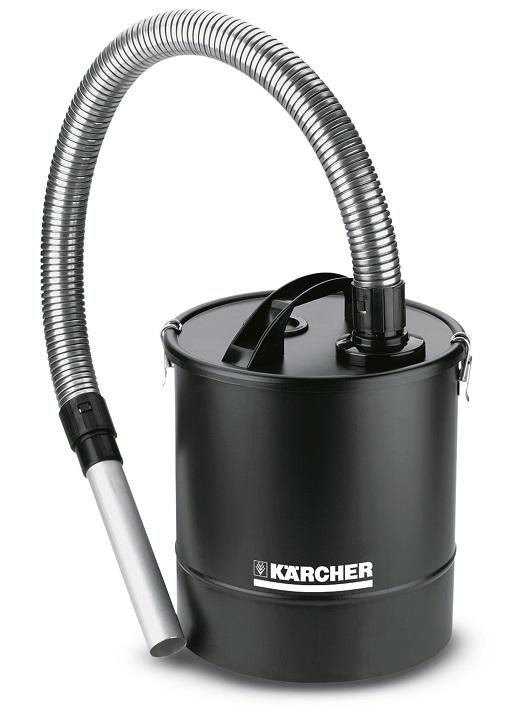
If you just want something cheap and affordable then it’s best to go for an ash filter. These filters look like a vacuum cleaner but they aren’t. They are basically a bucket with a hose and filter and work by connecting to your vacuum cleaner. With your vacuum cleaner connected to the ash filter, you switch on your vacuum cleaner on and then use the hose on the ash filter to clean out any ash in your pellet heater. The advantage of these is they are cheap, very cheap, because there’s no motor etc. and are just a bucket with filter and hose.
The downsides are there’s more bits and pieces to mess around with than an all-in-one ash vac, as you’ll need to get both your vacuum cleaner and the ash filter out every time you want to clean your pellet heater. It’s not an all in one solution, so this means there’s a little more messing around with cables and hoses etc. Also, depending on how much you spend on the ash filter, it’s filter may or may not be very good at filtering our ash and other dust particles or it may need to be cleaned frequently. Regardless, it’s still much better to use a cheap ash filter than just a normal vacuum cleaner.
All-in-One Ash Vacuum Cleaner
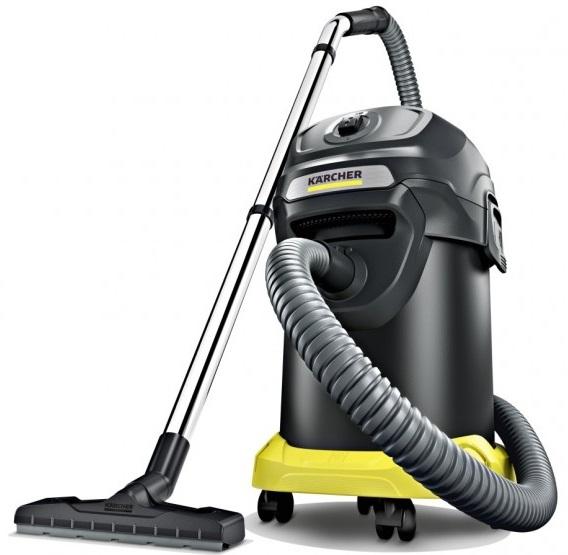
If are happy to spend a bit more and looking for a simple solution that makes cleaning ash out of your pellet heater as simple as possible, then it’s best to go for an all-in-one vacuum cleaner that is specifically designed to handle ash. I’d have to say these are the best pellet heater ash vacuums but they aren’t cheap. Price can vary greatly from affordable, around $100, to very expensive, $500 or more. The more expensive ash vacuum cleaners have better filters in them and are easier to clean (they may have bagless designs or designed so you don’t have to empty them every time or can be cleaned by pushing a button or pulling a lever).
You may also find the more expensive models have better quality and multiple air filters, which help keep any small ash particles from entering your house. The downside to an all-in-one ash vacuum cleaner is obviously the price, but the benefit is no messing around with multiple “boxes”, extra cables and are typically much easier to clean. I don’t vacuum ash out of the burn chamber in my pellet heater anymore than once a week, so it’s not much of a drama having to move an ash filter and ash vacuum but it definitely is easier with a dedicated ash vacuum if you can afford it.
DIY Ash Vacuum Cleaner
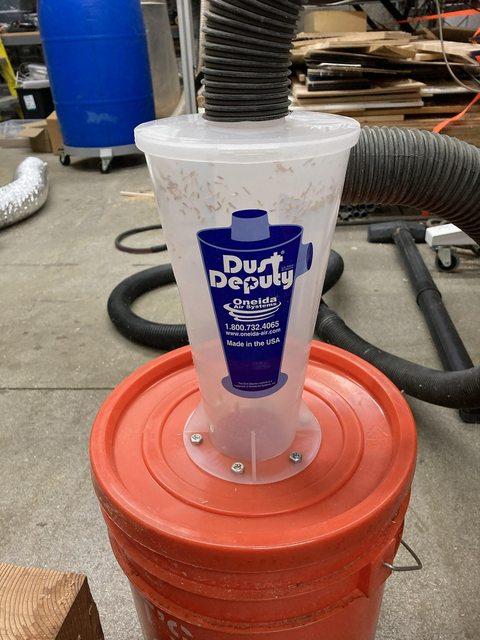
If you are feeling adventurous or like to build things, then making your own ash filter is very easy. First, you’ll need a bucket with a lid. You can buy this from any hardware store. Second, you’ll need a dust cyclone filter, which can be easily found on Ebay or Amazon. Finally, you’ll need some vacuum cleaner hose and maybe a connector or adapter to connect your existing vacuum cleaner to the dust cyclone (hardware stores sell these along with Ebay and Amazon).
All you need to do is take the bucket lid, cut a hole in it and attach the dust cyclone to it. Put it and the lid back on the bucket, which is now your ash filter. Then, connect your vacuum cleaner to the top of the dust cyclone and connect the vacuum hose to the inlet on the dust cycle. You now have your very own ash vacuum filter. Buying and building your own is probably the cheapest best pellet heater ash vacuum option if you want to save money.
Summary of Best Pellet Heater Ash Vac
Ash buildup from wood pellets is the number one cause of problems in pellet heaters. Get a good ash vacuum and keep your pellet heater clean. Regardless of which ash vacuum cleaner you go for, remember to read the instructions and no matter if it’s a DIY or top of the line model, you should only be vacuuming ash out of your pellet heater after it has completely cooled down. Hot ash can cause fires, so wait until your pellet heater and the ash inside has cooled down before vacuuming it out.
Finally, how often you should you clean a pellet heater with an ash vac? At least once a week and then doing a deep clean once a year. A deep clean is where you vacuum ash out of the inside of your pellet heater inside the exhaust chambers where ash slowly builds up over time. Many people prefer to pay someone to do this deep clean, but you should still be vacuuming the burn chamber out once a week. The more you clean the more ash you’ll remove, which helps keep your pellet heater burning efficiently.
